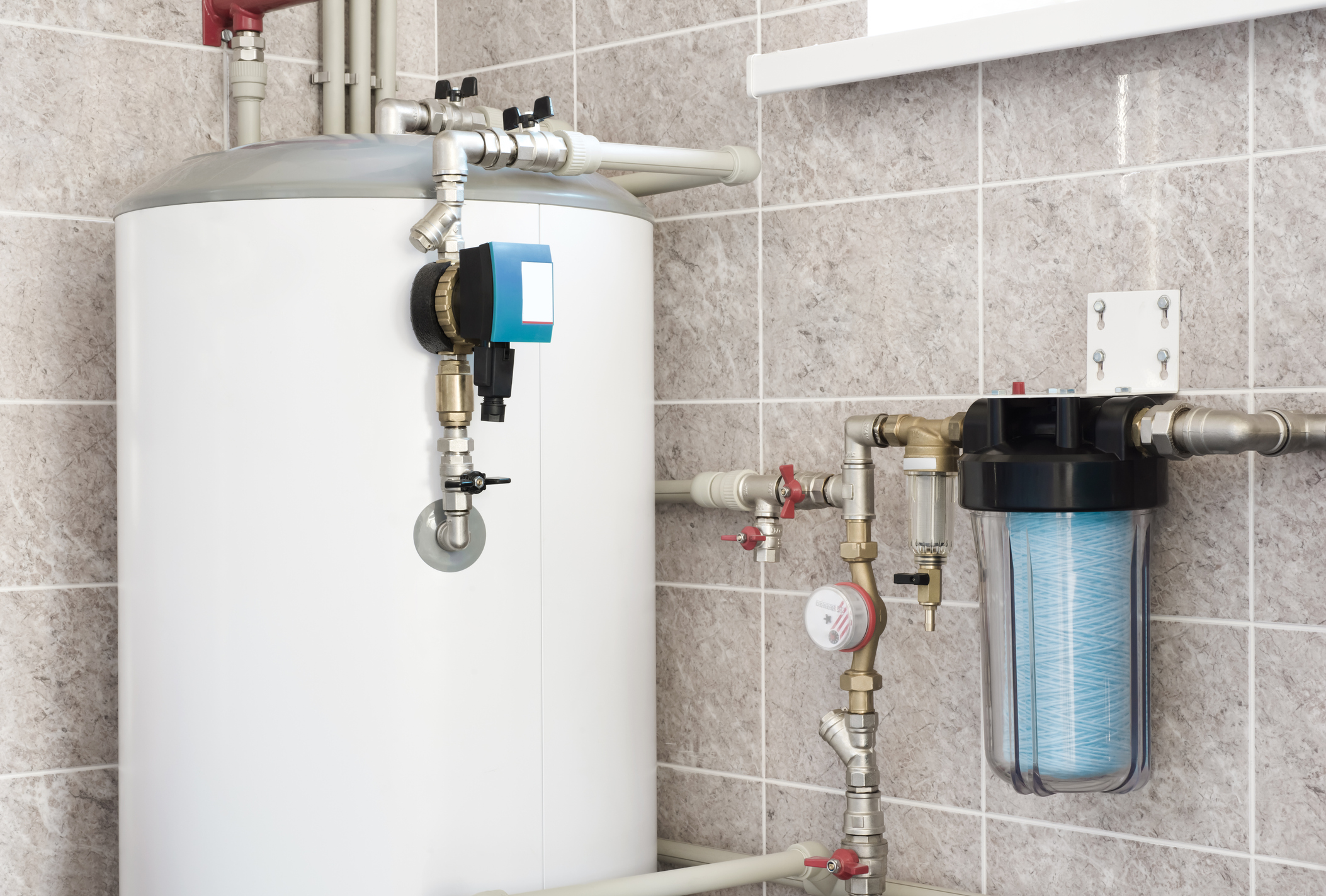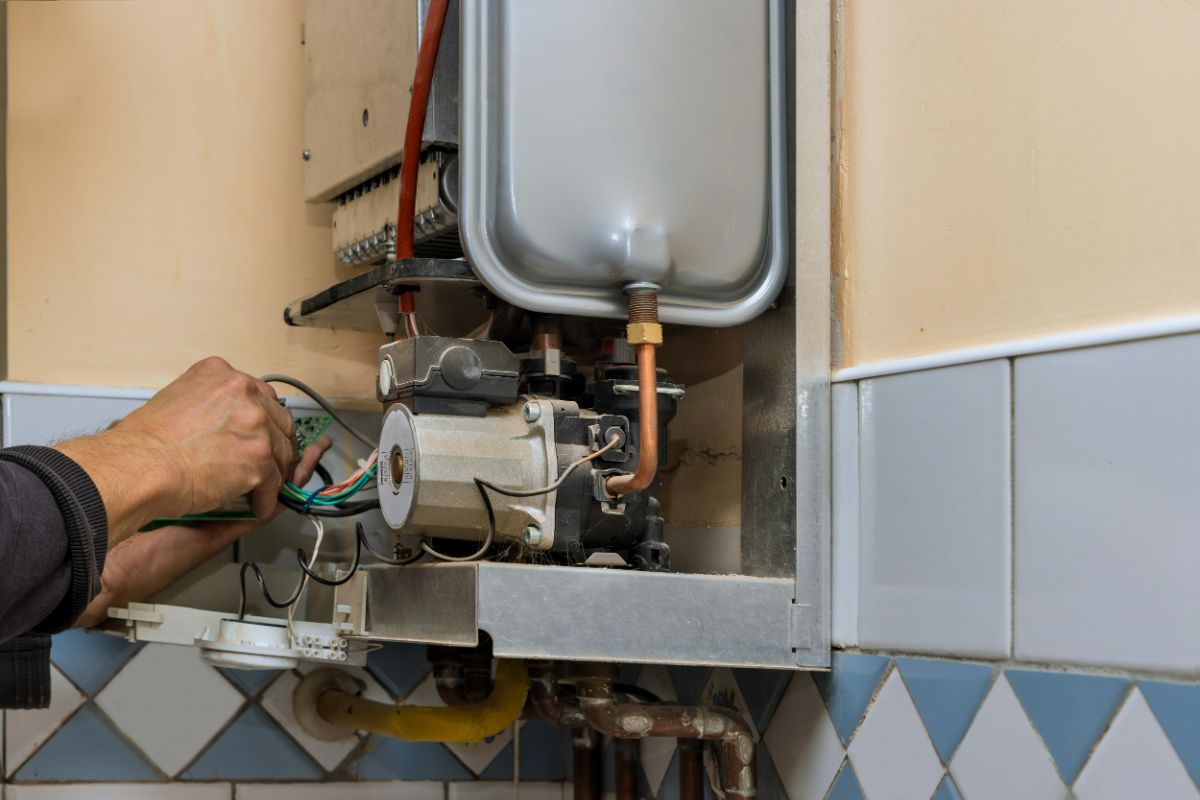Best Practices for Maintaining Your Home's Hot Water SystemStraightforward Methods to Care for Your Home's Hot Water System Effectively
Best Practices for Maintaining Your Home's Hot Water SystemStraightforward Methods to Care for Your Home's Hot Water System Effectively
Blog Article
Presented here further down you'll find a lot of excellent insight when it comes to Tips For Maintaining Your Hot Water Heater.

Warm water is essential for everyday convenience, whether it's for a refreshing shower or washing meals. To guarantee your warm water system runs efficiently and lasts much longer, routine maintenance is crucial. This write-up supplies practical suggestions and understandings on how to preserve your home's hot water system to avoid interruptions and pricey repairs.
Introduction
Maintaining your home's warm water system could seem difficult, yet with a few basic actions, you can ensure it operates smoothly for several years ahead. This guide covers whatever from recognizing your warm water system to DIY maintenance suggestions and understanding when to call specialist aid.
Value of Preserving Your Warm Water System
Normal upkeep not just expands the life expectancy of your warm water system yet additionally ensures it operates efficiently. Ignoring upkeep can bring about decreased efficiency, greater power bills, and also early failing of the system.
Indicators Your Warm Water System Demands Maintenance
Knowing when your hot water system needs attention can prevent significant concerns. Look out for signs such as irregular water temperature level, weird sounds from the heating system, or corroded water.
Recognizing Your Hot Water System
Before diving into maintenance tasks, it's helpful to understand the standard parts of your warm water system. Normally, this includes the water heater itself, pipelines, anode poles, and temperature level controls.
Monthly Maintenance Tasks
Regular monthly checks can aid capture small issues before they escalate.
Flushing the Water Heater
Flushing your water heater eliminates sediment build-up, boosting effectiveness and prolonging its life.
Monitoring and Changing Anode Rods
Anode rods avoid corrosion inside the container. Examining and replacing them when broken is vital.
Examining and Adjusting Temperature Level Setups
Changing the temperature setups makes sure ideal efficiency and safety.
DIY Tips for Upkeep
You can execute a number of maintenance tasks yourself to keep your warm water system in top condition.
Looking for Leaks
Routinely check pipes and links for leaks, as these can lead to water damages and higher expenses.
Testing Stress Relief Valves
Testing the stress relief valve guarantees it operates appropriately and stops too much pressure buildup.
Insulating Pipes
Shielding hot water pipelines minimizes heat loss and can conserve energy.
When to Call a Specialist
While DIY upkeep is helpful, some concerns require specialist know-how.
Facility Problems Requiring Expert Help
Instances include major leakages, electrical troubles, or if your water heater is continually underperforming.
Routine Specialist Maintenance Benefits
Specialist maintenance can consist of extensive examinations, tune-ups, and ensuring conformity with safety criteria.
Conclusion
Regular upkeep of your home's hot water system is vital for effectiveness, long life, and cost savings. By adhering to these tips and understanding when to look for specialist help, you can make sure a dependable supply of warm water without unanticipated disruptions.
How to Maintain an Instant Hot Water Heater
Before tinkering with your hot water heater, make sure that it’s not powered on. You also have to turn off the main circuit breaker and shut off the main gas line to prevent accidents. Also turn off the water valves connected to your unit to prevent water from flowing into and out of the appliance. 2. When you’re done, you have to detach the purge valves’ caps. These look like the letter “T” and are situated on either side of the water valves. Doing so will release any pressure that has accumulated inside the valves while at the same time avoid hot water from shooting out and burning your skin. 3. When the purge valves’ caps are removed, you have to connect your hosing lines to the valves. Your unit should have come with three hoses but if it didn’t, you can purchase these things from any hardware or home repair shops. You can also get them from retail stores that sell water heating systems. Read the user’s manual and follow it to complete this task properly. When the hosing lines are connected, open the purge port’s valves. 4. You should never use harsh chemical cleaners or solutions when cleaning your unit. Make use of white vinegar instead. It should be undiluted and you’ll probably use about 2 gallons. 5. Now flush your water heater. This task should probably take about 40 minutes. We can’t give you specific directions for this because the procedure is carried out depending on the type, model and brand of your heater. With that being said, refer to the user’s manual. 6. When you’re done draining the unit, you have to turn off the purge port valves again. Remove the hosing lines that you earlier installed on each of the water valves. Put the valve caps (purge port) back in their respective places and be very careful so as not to damage the rubber discs that are found inside these caps. 7. Now that everything’s back in place, check your user’s manual again to find out how to reactivate your water heating system. 8. Once it is working, turn one of your hot water faucets on just to let air pass through the heater’s water supply pipes. Leave the tap on until water flows smoothly out of it. https://www.orrplumbing.com/blog/2014/september/how-to-maintain-an-instant-hot-water-heater/

I was made aware of that editorial about What Kind of Maintenance Do Water Heaters Need? through a good friend on another web blog. Enjoyed our posting? Please share it. Let someone else discover it. I value your readership.
Set An Appointment Report this page